Home \ International \ Dynapac CC900 e & CC1000 e electric rollers
Dynapac CC900 e & CC1000 e electric rollers
15/03/2023
Pubblicato da Redazione
The introduction of the CC900 e and CC1000 e, sets a clear course on Dynapac’s path to offering more sustainable rollers with all the power and performance of their diesel counterparts.
The introduction of the CC900 e and CC1000 e, sets a clear course on Dynapac’s path to offering more sustainable rollers with all the power and performance of their diesel counterparts. Both rollers come with all the well-known advantages electrically powered vehicles bring with them such as increased cost savings, fewer moving parts, and maintenance - while offering a powerful battery capable of completing a full day of operation without recharging. The CC900 e and CC1000 e also deliver the same static linear load, amplitude, gradeability, and travel speed as the diesel-powered models on which they are based, with no compromise on productivity or job site performance.
A typical “day in the life of a 1.6-ton roller” normally consists of repair work with hand-laying from a “spreader” or sometimes following a small-sized paver on sidewalks/ bicycle lines. This comes out to a compaction of about 70 – 80 tons of asphalt per day at a layer thickness of 40 – 50 mm. In terms of area, this is roughly about 700 m2. Based on experience, this guarantees that the battery will last for a full day of work. In 90% of the cases, about 20 - 30% of the battery level was left after the workday was over.
With the fast charger, 400 Volt / 3-phase system it takes 1,3 hours to reach 80% charging level. The 230 volt/ 1-phase charger needs 6 hours to reach 80% of its charging capacity. Dynapac is additionally planning to provide adapters making it possible to also use standard car-charging stations.
Both rollers in this segment are primarily used in road repair work and are intermittently used. With conventional diesel motors, this means that they are often left idling while the asphalt is raked into position. After compaction, the machines travel to the next repair site where they are also left idling for extended periods. With a standard diesel-powered machine, a great deal of energy and money is wasted, let alone the negative environmental impact caused by emissions. Because an electric roller doesn’t idle when not in use, the energy consumption is zero. Additionally, both models are significantly quieter than conventional ones which is significant because rollers of this size and class tend to work in urban areas where there is a need to minimize noise and emissions.
As with any electric vehicle, the significant reduction of moving parts ensures less costly maintenance caused by daily wear & tear. Expensive maintenance such as engine oil and filter changes, as well as the refilling of coolant liquids, is no longer an issue. When given the opportunity to test and operate the CC900 e and CC1000 e, roller operators reacted very positively. Because both electric rollers are based on the diesel-driven roller, there was a great deal of familiarity. The exact same interface and feeling in terms of handling meant that the amount of new learning necessary was almost non-existent. Benefits that they particularly enjoyed included lower noise levels, no exhaust fumes, fewer daily maintenance points, and being easy to understand and operate.

Ultime notizie di OnSite News
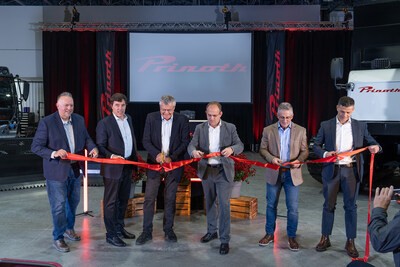
Earthmoving Machinery
25/11/2024
Prinoth Unveils Expanded Production Facility in Granby, Canada
Prinoth held an event to announce the official opening of it...

Logistics
22/11/2024
Sarens acquires additional SCHEUERLE SPMT K24 modules
renowned for its expertise in crane rental services, heavy l...
Equipments
21/11/2024
SITECH partners with Royal Engineers to create poppy and demonstrate tech offering
The demostration involved creating a ground-level poppy desi...
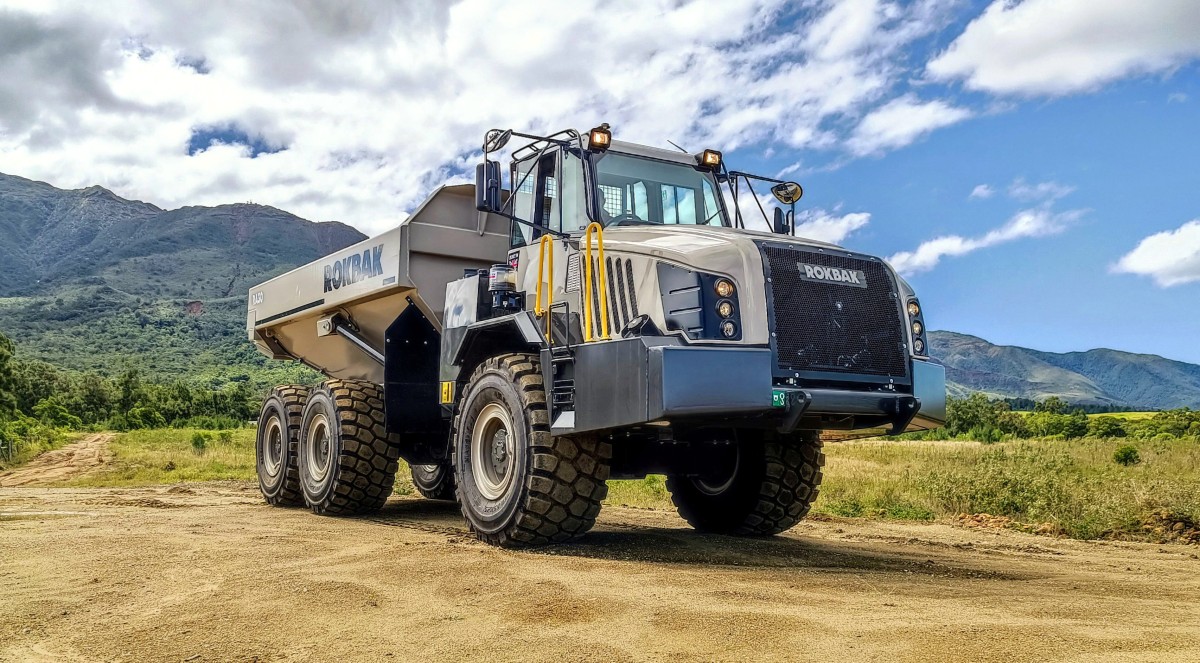
Earthmoving Machinery
20/11/2024
Strong and stable RA30 trucks carry the weight at New Caledonian mine
Three Rokbak RA30 trucks are delivering exceptional durabili...
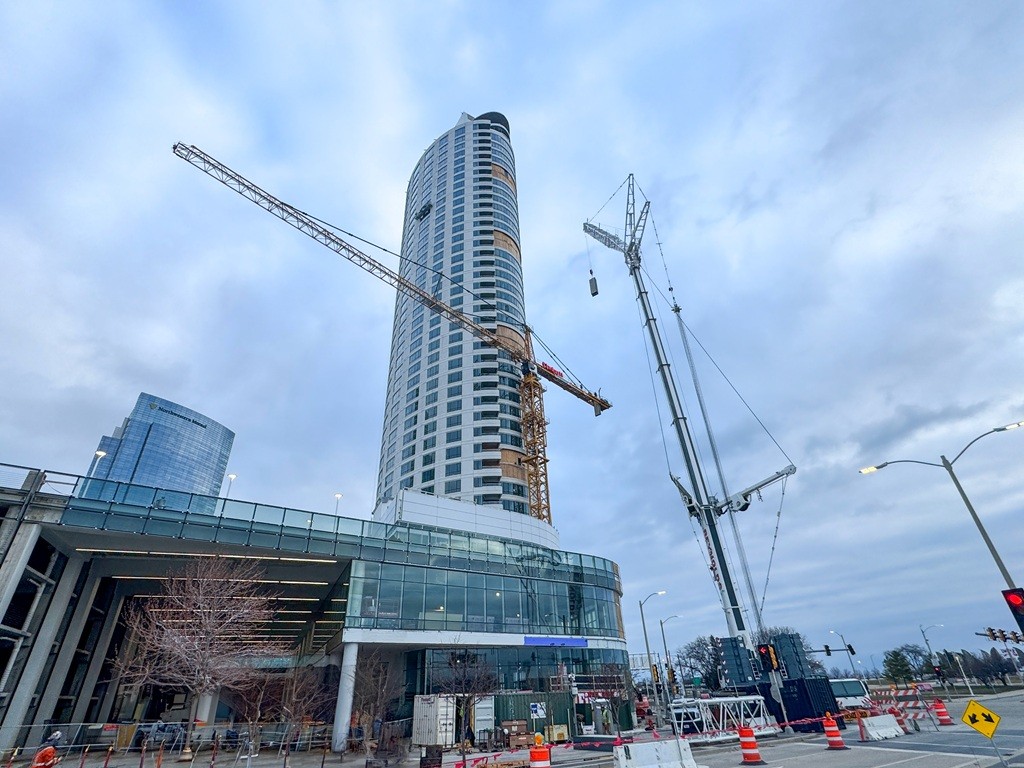
Lifting
20/11/2024
Tadano AC 7.450-1 Performs Double Duty in Wisconsin
A cost-saving and versatile solution was already on site - a...
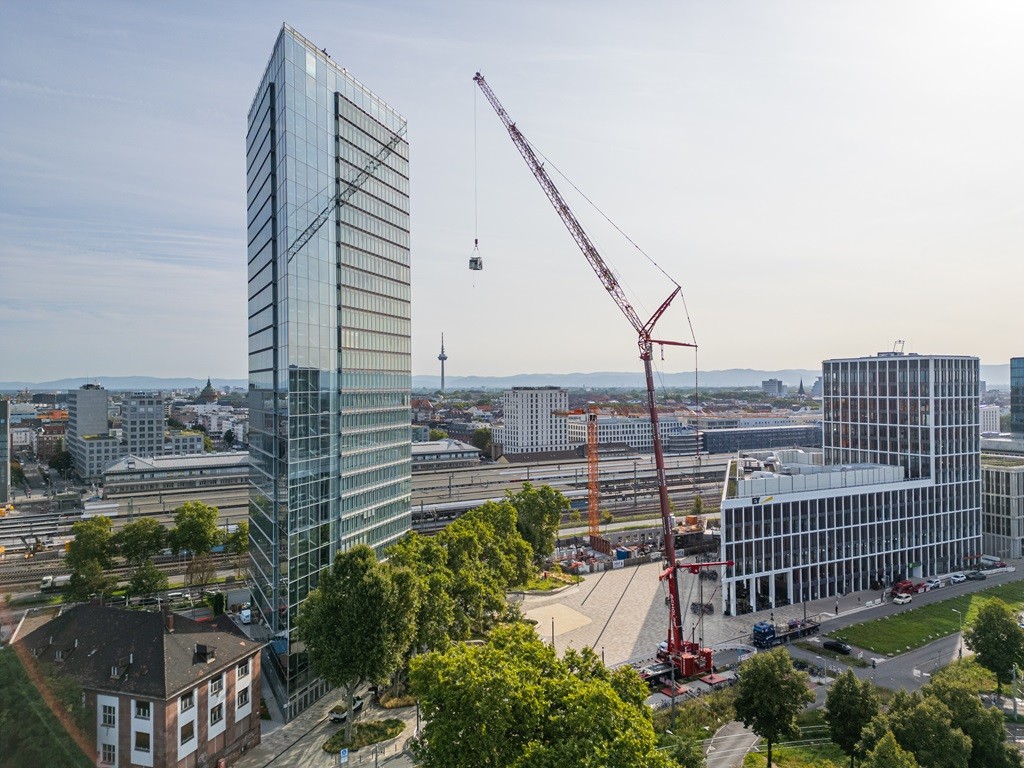
Lifting
11/11/2024
Tadano AC 7.450-1 all terrain crane for the Victoria Tower in Mannheim
Tadano AC 7.450-1 all terrain crane lifts cooling unit to to...
Altri International
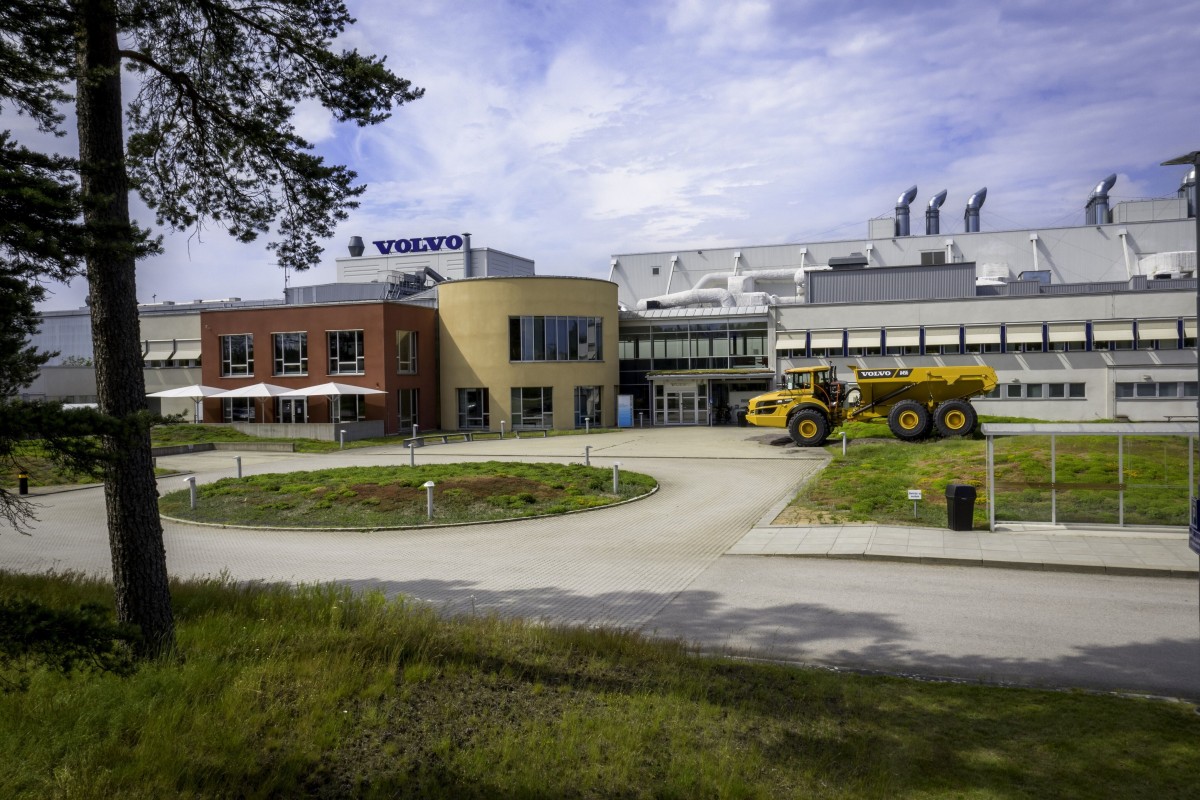
International
27/11/2024
Home of Volvo Construction Equipment’s pioneering articulated haulers advances to Climate Efficient Site
As one of the construction industry’s most active drivers of...
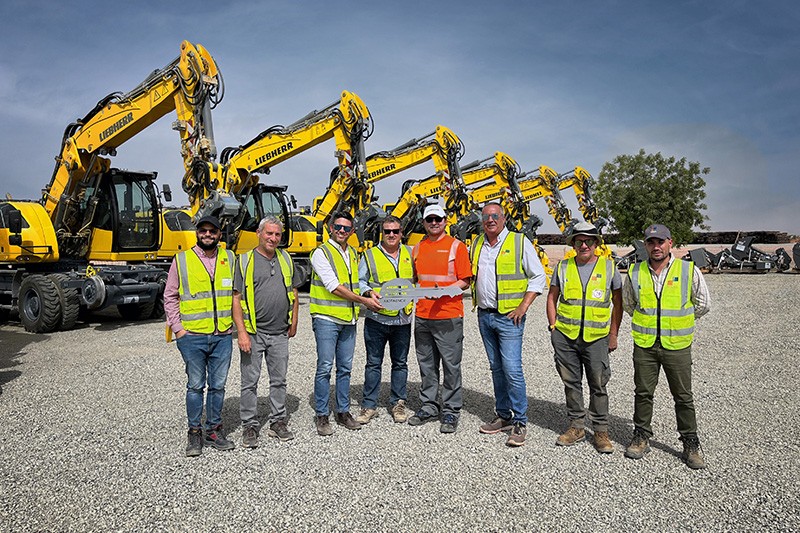
International
26/11/2024
Mota-Engil orders 10 Liebherr railroad excavators for a major project in West Africa
The Portuguese construction company Mota-Engil has once agai...
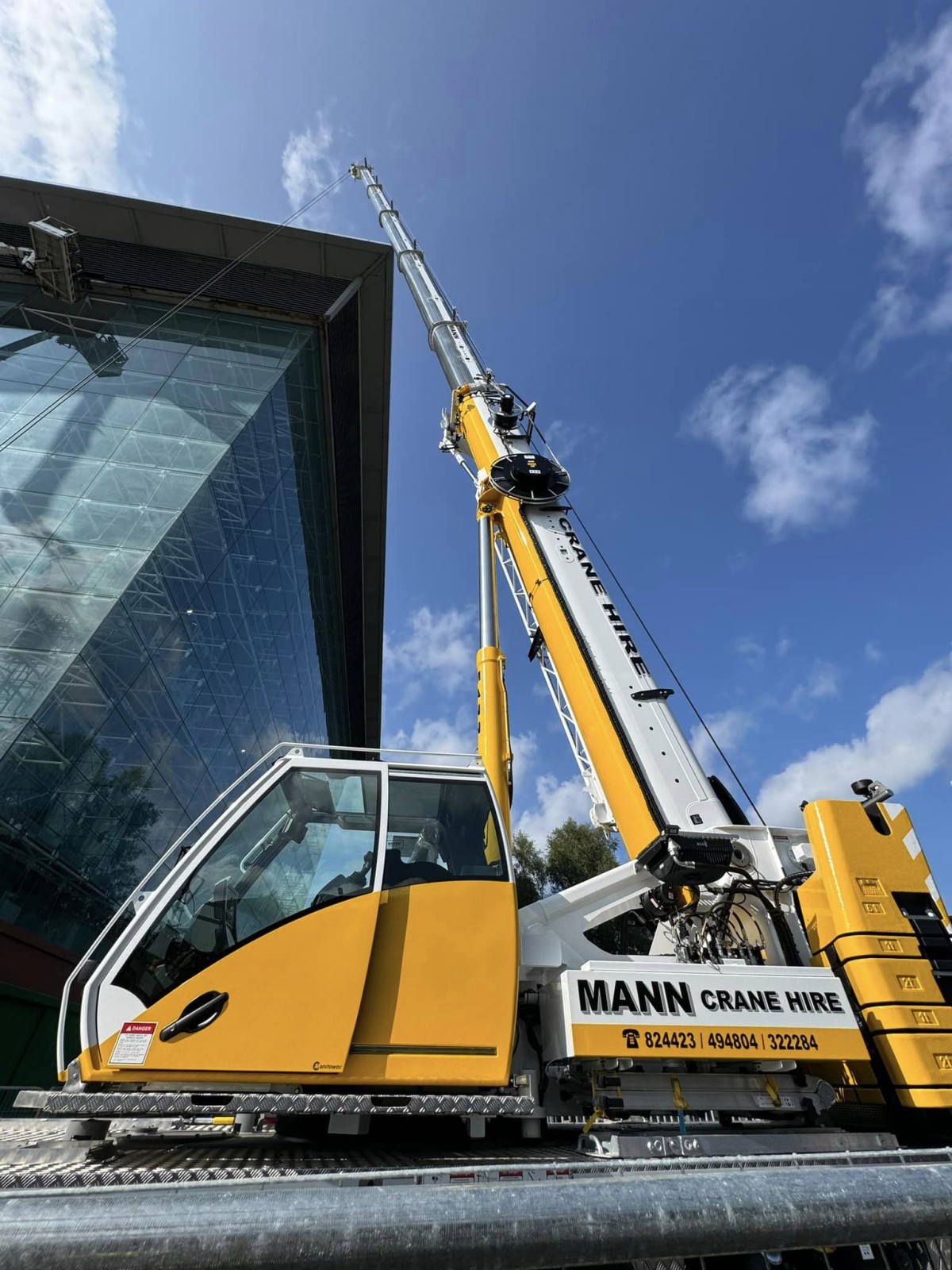
International
25/11/2024
New Grove GMK3060L-1 drives busy schedule for Mann Crane Hire
• Mann Crane Hire selected the GMK3060L-1 for its class-lead...

International
25/11/2024
Prinoth Unveils Expanded Production Facility in Granby, Canada
Prinoth held an event to announce the official opening of it...

International
23/11/2024
GPMat International takes delivery of two Raimondi T147s residential development in the South of France
- Official agent of France expands its product lineup with t...

International
22/11/2024
Sarens acquires additional SCHEUERLE SPMT K24 modules
renowned for its expertise in crane rental services, heavy l...









































